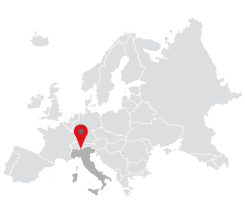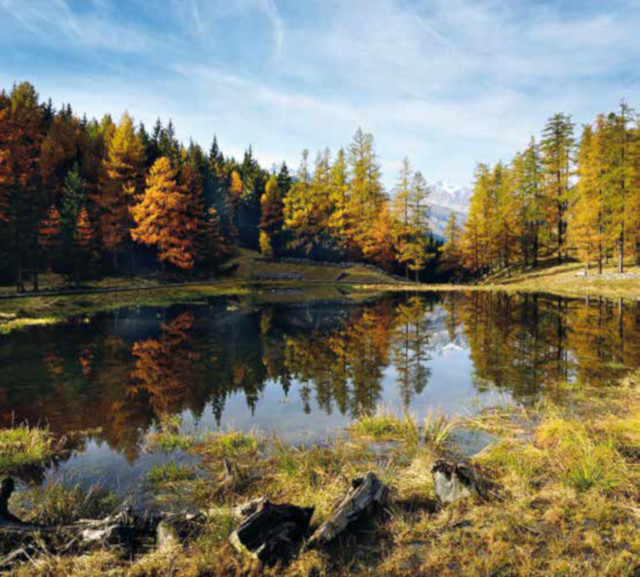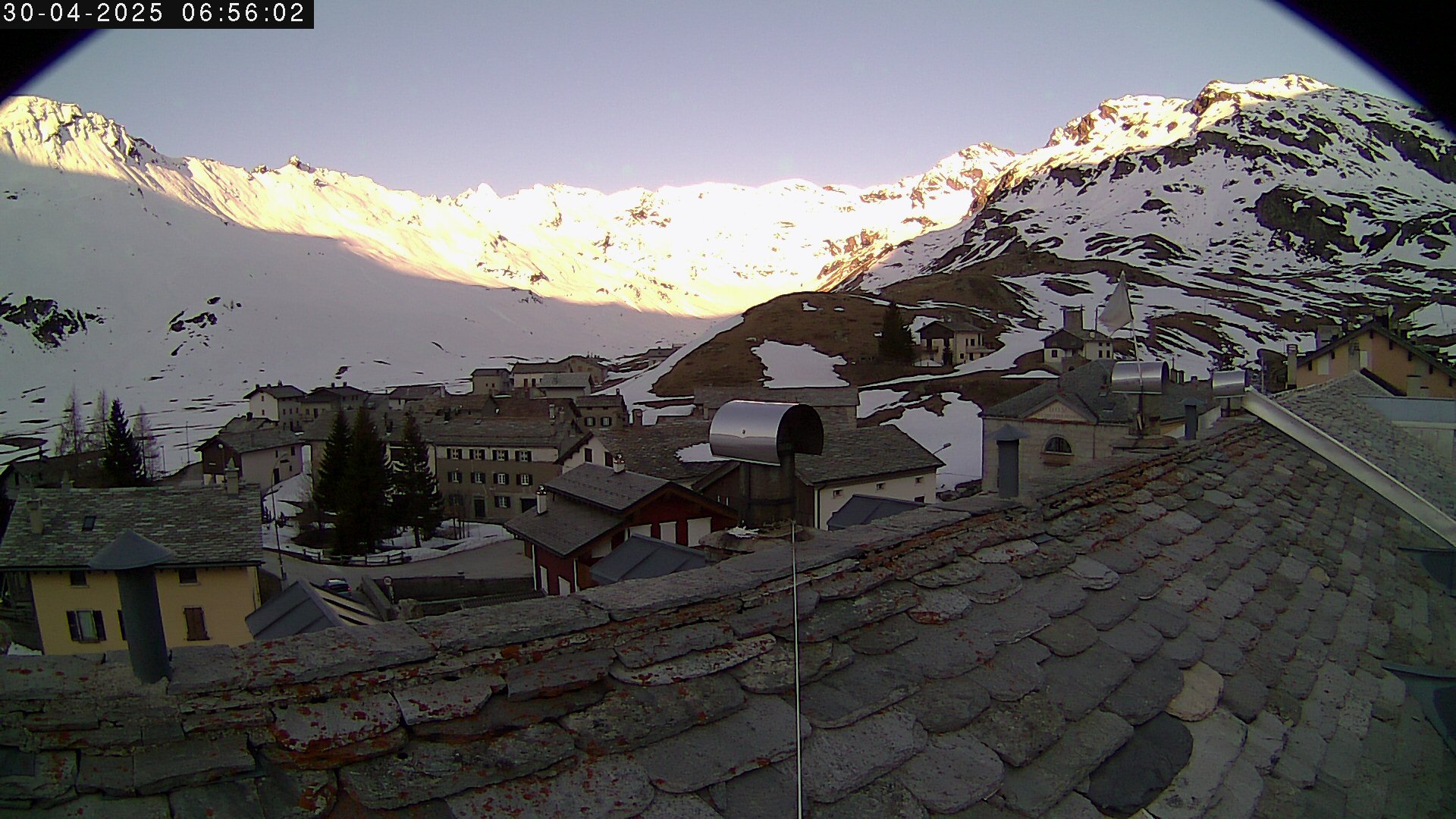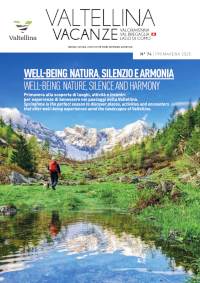Discovering precious habitats, whose protection is of particular importance for the conservation of biodiversity. As any of the locals will testify, until 1960 the stretch of water above Mottala di Fraciscio, in the Municipality of Campodolcino was still clearly visible. In the local dialect it&´s known as Palü da Fen, the hay swamp, a reference to how even in those days it was at least partly occupied by extensive tufts of grass. Today little remains of that small lake.
Over the years, as experts will readily confirm, almost all bodies of water - from pond to the larger lakes even - are destined to disappear into the ground. Or so it would seem. It&´s a natural phenomenon, the product of sediments which are remorselessly transported by the water. And this is how the peat bog phenomenon comes to pass. Only here, with the inevitable passage of time and in very particular environmental conditions, are the foundations created for the arrival of a rather special type of flora and fauna. The cariceto or fen grasses for example, easily recognisable at Mottala. Sedge-type grasses of the Carex genus have pretty much taken over the basin. A visit to such a place encourages an understanding how the lengthy process of interment transforms not only what remains of the lake, but also the surrounding environment. Not far from the peat bog there is another natural spot that is well worth a visit. Known in dialect as Lej de la Marsciüra, or the lake of the water meadow. It&´s importance is that it facilitates the observation of the same process of interment that is affecting the peat bog but in its earlier stages, when the water is still present in a high concentration and existing conditions only allow the reeds or rushes to populate it (Carex will come later).
The gradual transformation of these two lakes has created ideal conditions for the growth and spreading of some very particular animal species. Given time and a little patience, you&´ll be able to observe rare examples of rana temporaria (common frog to you and I) or Alpine newt (Mesotriton alpestris). Their presence in these places is an indicator of the well-being of the environment. And let&´s not forget the dragonflies who really appreciate these humid conditions. As any expert will explain, many amphibians have been at risk of extinction throughout the world for decades: the reconstitution of environments such as these represents a special importance from the point of view of biodiversity conservation.
The Mottala peat bog is readily accessible for visitors thanks to the wooden footpaths built onto the surface. There are also useful iconographic panels with a wealth of information on the background and characteristics of the place. In addition the area is the subject of attention of MUVIS, the Spluga valley museum www.muvis.it - which periodically organises visits and educational initiatives to promote the area.



















